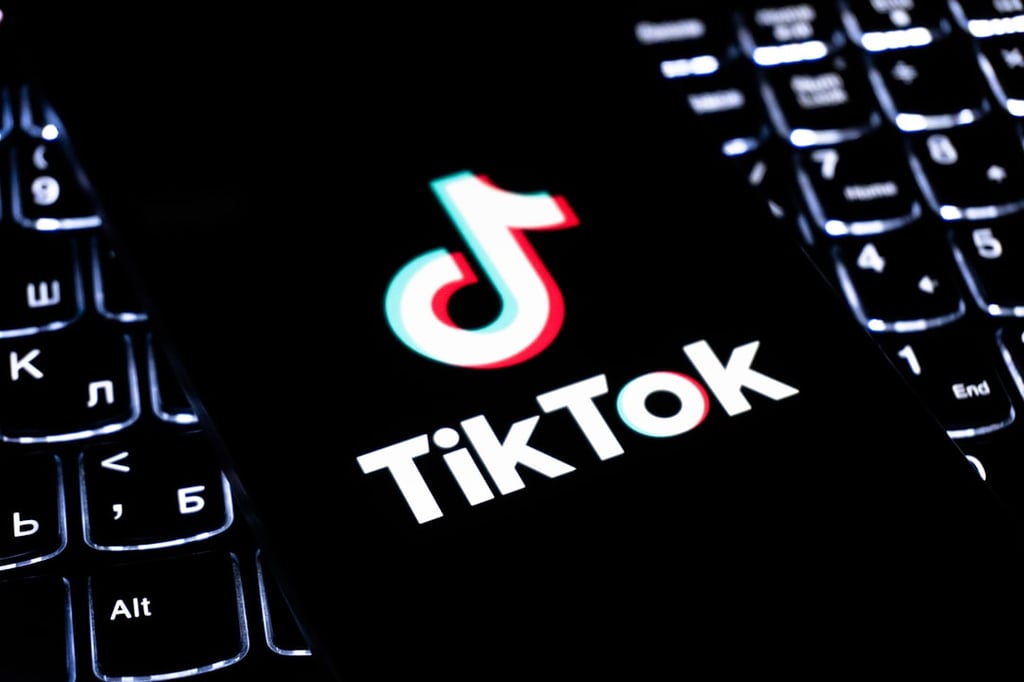Datamation content and product recommendations are
editorially independent. We may make money when you click on links
to our partners.
Learn More
Is the iPad’s biggest competitor Apple’s own iPhone 6 Plus?
A revised forecast from International Data Corporation (IDC) indicates that phablets – a term that describes smartphones with screens that roughly measure 5 to 6.1 inches – suggests that the public’s hunger for generously sized handsets is crimping demand for full-sized tablets. The research firm now predicts that worldwide shipments of tablets and 2-in-1 devices will hit 221.8 million units this year, a 3.8 percent dip from 2014.
IDC previously expected shipments of 234.5 million units in 2015, a 2.1 percent year-over-year increase. The culprit, at least in part, are phablets.
Ryan Reith, program director of IDC Worldwide Mobile Device Trackers, noted that a shift in screen size preferences is taking shape, “with the share of small-screen tablets expected to drop from 64 percent of the market in 2014 to 58 percent in 2015, and declining to just under 50 percent by 2019,” in a statement. “This illustrates the direct impact phablets are having on the market, as users with larger screen smartphones have tended to have less need for a tablet with a screen size comparable to their smartphone.”
While tablet shipments are expected to fall this year, IDC sees growth potential in some segments.
Cellular-connected tablets, like 4G LTE-enabled versions of the iPad Air 2 and iPad Mini 3, will account for 33 percent of the tablet market in 2015 compared to 31 percent last year. By 2019, 40 percent of tablets will have the ability to use carrier networks.
“We’re seeing cellular-capable tablets and 2-in-1 devices experience important growth in certain parts of the world and we think this represents a huge opportunity for the entire tablet ecosystem,” said IDC research director Jean Philippe Bouchard in a statement. By providing a mobility-enhancing alternative to Wi-Fi, tablet makers can help offset declining sales.
“Those cellular-connected devices fill multiple needs for vendors and carriers around the world; they offer a quick solution to price and margin erosion, and when compared to smartphones, they offer a less expensive way for carriers to increase their subscriber base,” Bouchard observed.
Gartner, meanwhile, anticipates that sales of non-smartphone cellular-enabled devices like tablets, PCs and mobile hot spots, will climb 5.6 percent this year to 112 million units. “Mobile access is not just about smartphones. Consumers and business users alike want to connect multiple mobile devices to the Internet at an affordable cost or at an acceptable data rate,” said Gartner research director Tracy Tsai in prepared remarks.
When the price gap between Wi-Fi and cellular devices narrows to around 10 percent, or $20, the analyst group expects adoption to accelerate. “When this happens, the adoption of cellular devices will accelerate beyond 160 million in 2019, with the potential of more than 600 million units in 2019,” Tsai predicted.
Pedro Hernandez is a contributing editor at Datamation. Follow him on Twitter @ecoINSITE.
Photo courtesy of Shutterstock.
-
Ethics and Artificial Intelligence: Driving Greater Equality
FEATURE | By James Maguire,
December 16, 2020
-
AI vs. Machine Learning vs. Deep Learning
FEATURE | By Cynthia Harvey,
December 11, 2020
-
Huawei’s AI Update: Things Are Moving Faster Than We Think
FEATURE | By Rob Enderle,
December 04, 2020
-
Keeping Machine Learning Algorithms Honest in the ‘Ethics-First’ Era
ARTIFICIAL INTELLIGENCE | By Guest Author,
November 18, 2020
-
Key Trends in Chatbots and RPA
FEATURE | By Guest Author,
November 10, 2020
-
Top 10 AIOps Companies
FEATURE | By Samuel Greengard,
November 05, 2020
-
What is Text Analysis?
ARTIFICIAL INTELLIGENCE | By Guest Author,
November 02, 2020
-
How Intel’s Work With Autonomous Cars Could Redefine General Purpose AI
ARTIFICIAL INTELLIGENCE | By Rob Enderle,
October 29, 2020
-
Dell Technologies World: Weaving Together Human And Machine Interaction For AI And Robotics
ARTIFICIAL INTELLIGENCE | By Rob Enderle,
October 23, 2020
-
The Super Moderator, or How IBM Project Debater Could Save Social Media
FEATURE | By Rob Enderle,
October 16, 2020
-
Top 10 Chatbot Platforms
FEATURE | By Cynthia Harvey,
October 07, 2020
-
Finding a Career Path in AI
ARTIFICIAL INTELLIGENCE | By Guest Author,
October 05, 2020
-
CIOs Discuss the Promise of AI and Data Science
FEATURE | By Guest Author,
September 25, 2020
-
Microsoft Is Building An AI Product That Could Predict The Future
FEATURE | By Rob Enderle,
September 25, 2020
-
Top 10 Machine Learning Companies 2021
FEATURE | By Cynthia Harvey,
September 22, 2020
-
NVIDIA and ARM: Massively Changing The AI Landscape
ARTIFICIAL INTELLIGENCE | By Rob Enderle,
September 18, 2020
-
Continuous Intelligence: Expert Discussion [Video and Podcast]
ARTIFICIAL INTELLIGENCE | By James Maguire,
September 14, 2020
-
Artificial Intelligence: Governance and Ethics [Video]
ARTIFICIAL INTELLIGENCE | By James Maguire,
September 13, 2020
-
IBM Watson At The US Open: Showcasing The Power Of A Mature Enterprise-Class AI
FEATURE | By Rob Enderle,
September 11, 2020
-
Artificial Intelligence: Perception vs. Reality
FEATURE | By James Maguire,
September 09, 2020
SEE ALL
ARTICLES









